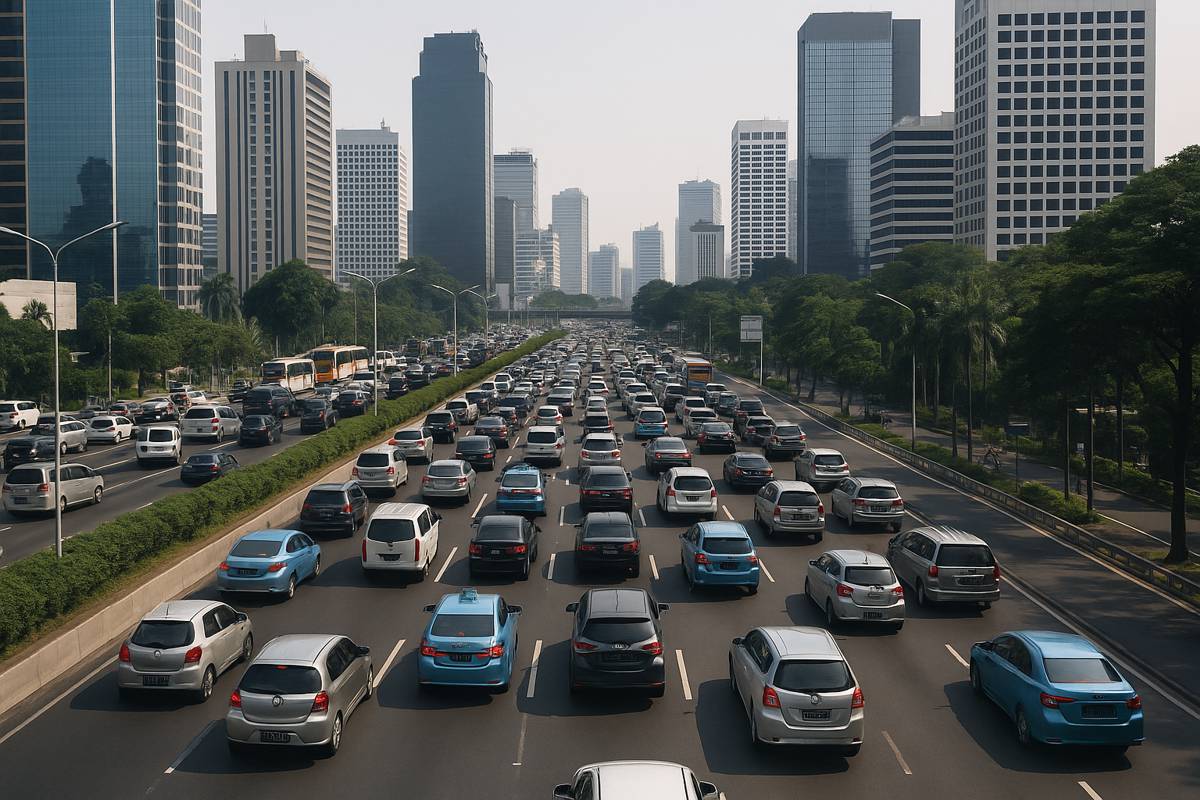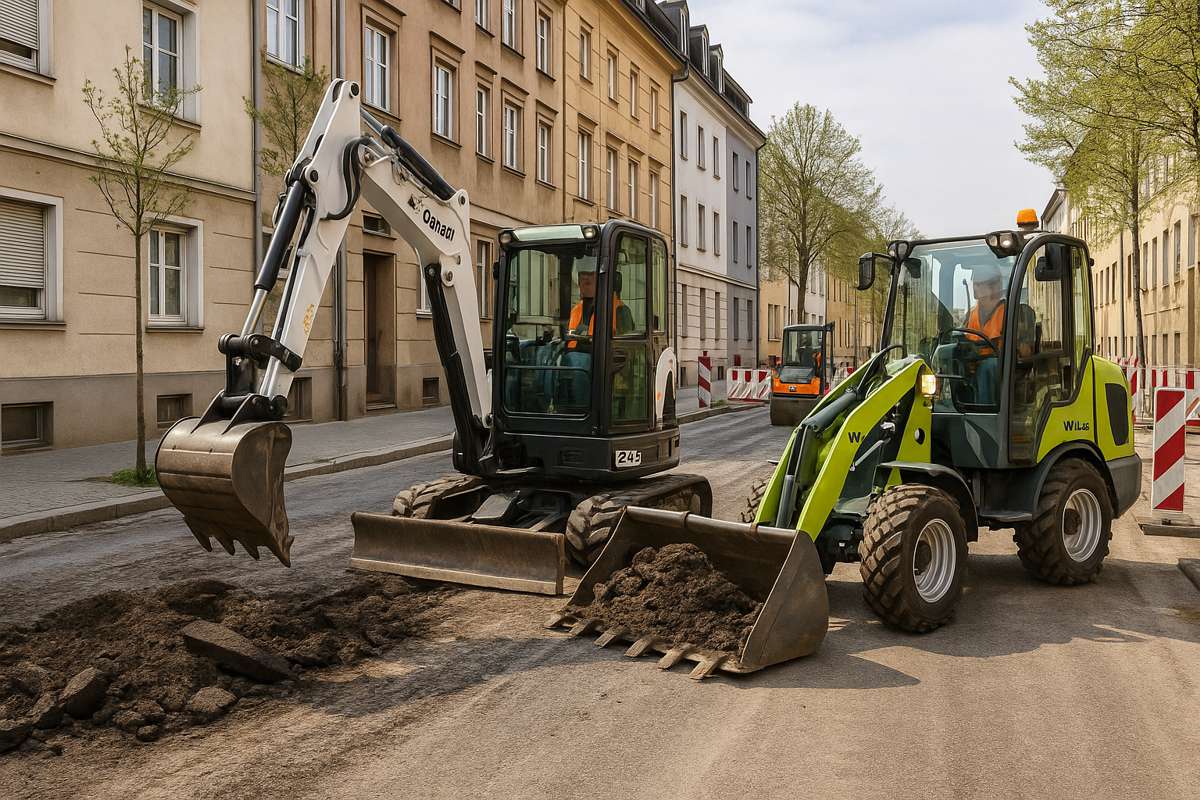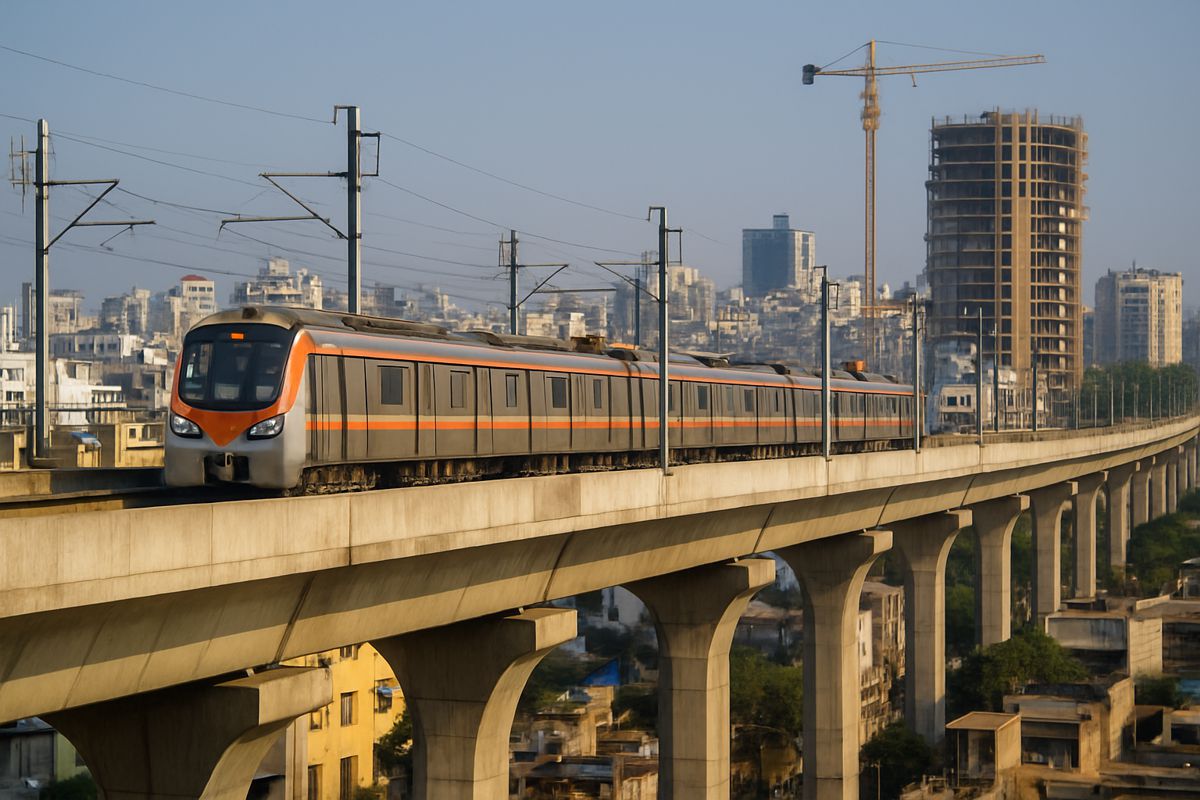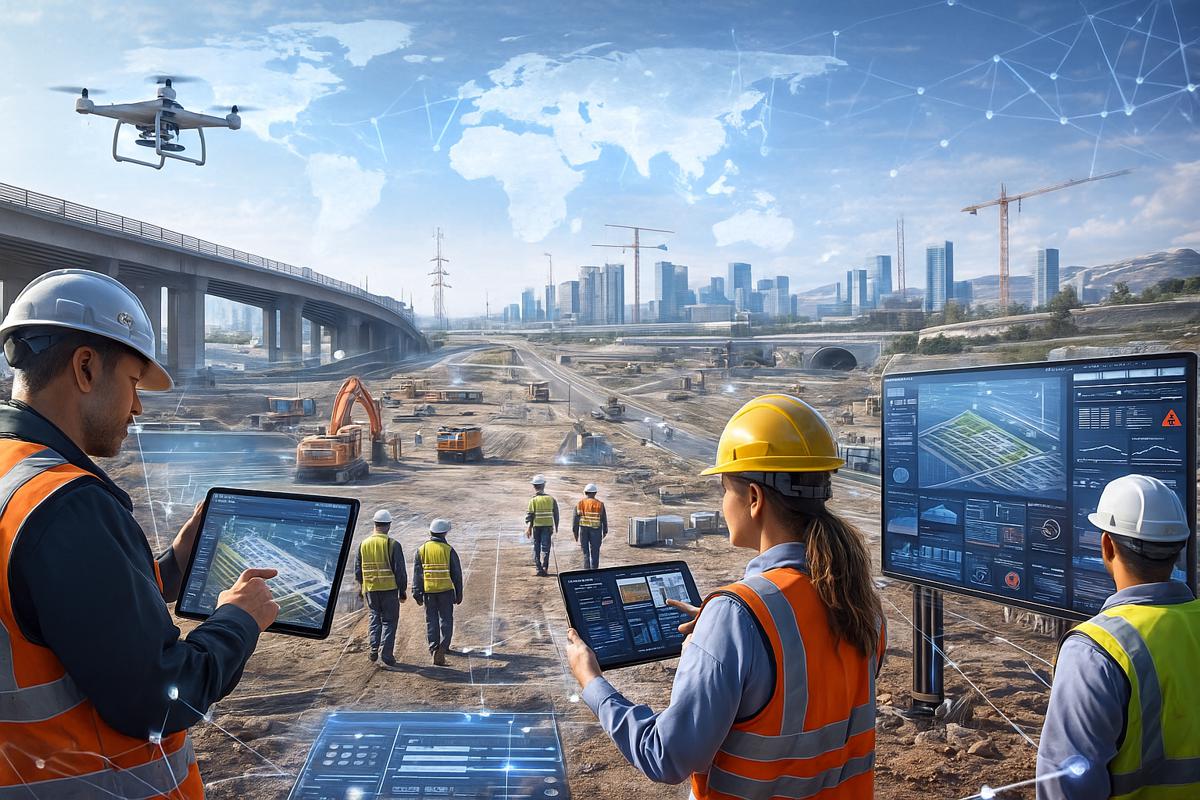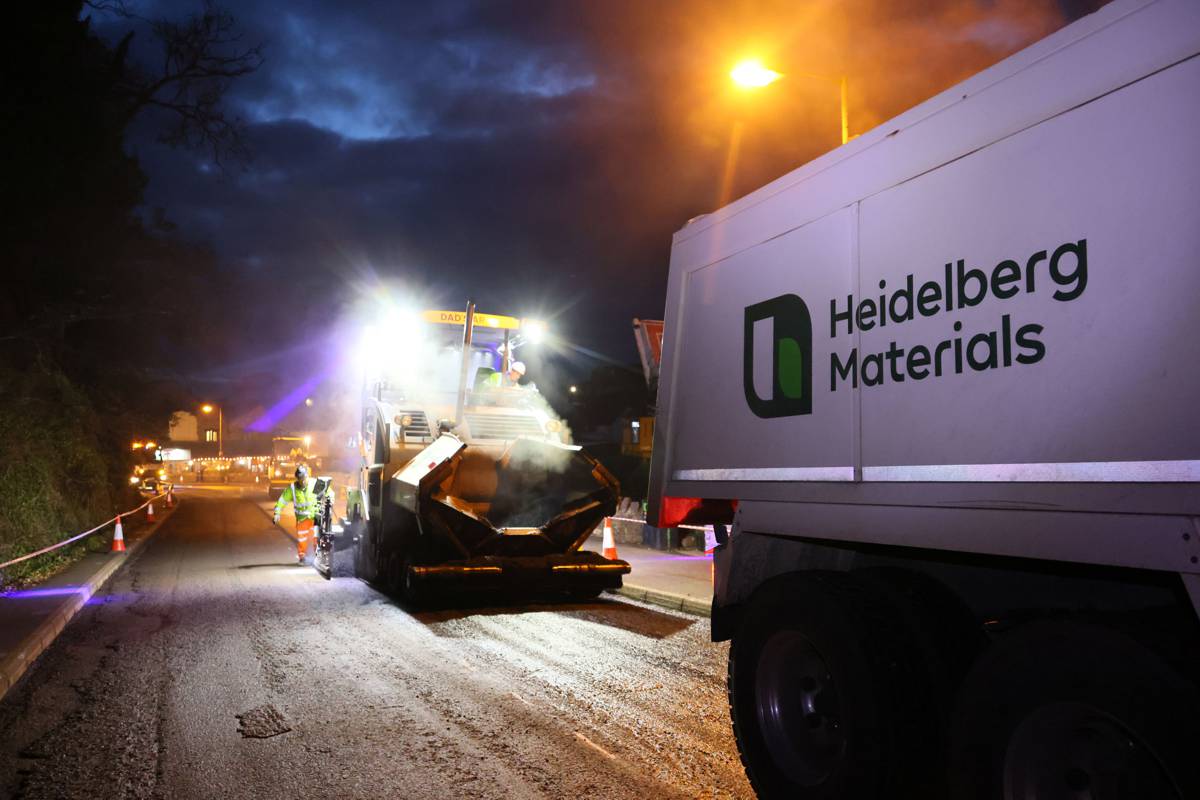Indonesia Driving Forward Toward Intelligent Transport Systems
Indonesia’s cities are facing an unprecedented challenge. With vehicle ownership rising by more than 6% every year, the country’s roads are buckling under the pressure. Urban centres like Jakarta, Bandung, and Medan are among the most congested in the world, with tailbacks stretching for miles and commuters losing hours each day to gridlock.
In Greater Jakarta alone, traffic volumes now exceed 2.5 million vehicle passages daily. The economic toll is staggering—annual GDP losses from congestion surpass USD 5 billion. Add to that the human cost: between 28,000 and 43,000 road fatalities each year. When combined with property damage, lost productivity, and healthcare expenses, the total economic burden from traffic incidents exceeds USD 38 billion annually—roughly 3% of Indonesia’s GDP.
As infrastructure strains under surging demand, it’s clear that simply building new roads isn’t the answer. Global research consistently shows that additional lanes and highways only provide temporary relief before congestion rebounds. Instead, Indonesia needs a smarter solution—one that balances mobility, safety, and sustainability.
The Case for Intelligent Transport Systems
Carolin Treichl, Executive Vice President for EMEA at Kapsch TrafficCom, believes the key lies in technology: “Intelligent Transport Systems are not just a technological upgrade—they are a lifeline for Indonesia’s cities. By integrating real-time data, adaptive traffic signals, and connected vehicle technology, it’s possible to substantially reduce congestion and make streets safer for everyone. Our global experience, from Buenos Aires to Madrid to Melbourne, shows that modular, cloud-native ITS platforms deliver measurable results quickly and cost-effectively.”
Intelligent Transport Systems (ITS) represent a comprehensive digital framework for managing mobility. By combining sensors, artificial intelligence, and advanced communications, ITS can optimise traffic flow, respond dynamically to incidents, and even prevent accidents before they occur.
Among the most effective ITS solutions are:
- Adaptive traffic signal control: Automatically adjusts traffic lights in real time to reduce bottlenecks.
- Connected vehicle communication: Enables vehicles to share data with each other and with infrastructure for safer and more predictable driving.
- Incident detection and response systems: Uses cameras and AI analytics to alert authorities instantly when accidents or breakdowns occur.
- Integrated public transport management: Ensures smoother scheduling, priority signalling for buses, and improved passenger information.
Urban Mobility and Economic Growth
For Indonesia, improving urban mobility is more than a convenience—it’s a national priority. As Secretary General of ITS Indonesia, Yoga Adiwinarto emphasises collaboration and innovation: “Urban mobility is the backbone of Indonesia’s economic growth. Our collaboration with international partners like Kapsch TrafficCom is essential to bring proven, scalable solutions to our cities. We are committed to supporting smart city initiatives that prioritise safety, efficiency, and sustainability for all Indonesians.”
Indeed, efficient mobility systems underpin nearly every aspect of a nation’s development. Congested roads don’t just frustrate commuters—they choke supply chains, raise emissions, and undermine productivity. With Indonesia’s urban vehicle population expected to reach 160 million by 2030, the need for transformative investment is clear.
Why Traditional Solutions No Longer Work
For decades, Indonesia’s response to congestion was to expand its road network. Yet as studies by the World Bank and the International Transport Forum have shown, this strategy offers diminishing returns. New roads fill up quickly, often encouraging more vehicle ownership—a phenomenon known as induced demand.
At the same time, Indonesia’s rapid urbanisation has outpaced infrastructure development. The population of Greater Jakarta is expected to surpass 35 million by 2035, placing even greater strain on existing systems. Without digital management tools, urban chaos looms.
This is where ITS can bridge the gap between physical infrastructure and modern mobility needs. By leveraging data from millions of connected sources—vehicles, cameras, traffic lights, and mobile phones—transport authorities can gain a live, holistic view of traffic dynamics. Predictive analytics can then help anticipate congestion, optimise routing, and coordinate emergency response.
Kapsch TrafficCom’s Role in the Transformation
Kapsch TrafficCom is at the forefront of this global transformation. With operations in more than 50 countries, the Vienna-based company has become synonymous with sustainable mobility. Its modular platforms provide end-to-end capabilities—from design and implementation to long-term operations.
Treichl explains how their approach helps cities transition from gridlock to efficiency: “Our technology gives traffic managers the tools to analyse, understand, and influence traffic behaviour in real time. The solutions we’ve deployed around the world are reducing congestion and emissions, making traffic safer, and allowing cities to evolve from ever-expanding highway gridlocks to intelligent, adaptable traffic networks.”
Projects in Latin America, Europe, and Australia have already demonstrated tangible benefits. For example:
- In Buenos Aires, ITS implementation led to a 30% reduction in average travel times and a 15% cut in accident rates.
- In Madrid, adaptive signal control reduced vehicle idling and emissions by over 20%.
- In Melbourne, connected road infrastructure improved incident response times by up to 40%.
These results show how quickly digital solutions can deliver measurable improvements—not only easing congestion but also enhancing air quality and safety.
The Economic Imperative for Smart Mobility
Indonesia’s economic future depends on maintaining fluid transport networks. The cost of inaction is immense: according to the Asian Development Bank, traffic congestion could drain Southeast Asian economies of up to 5% of GDP by 2035 if left unaddressed.
Smart mobility investments, on the other hand, offer rapid returns. A 2023 McKinsey study found that cities adopting ITS see productivity gains of 5–10% within five years, thanks to faster travel times, lower accident rates, and reduced emissions. For Indonesia, this could translate into billions of dollars in recovered output annually.
Furthermore, ITS aligns seamlessly with the government’s Smart City Vision 2045, which seeks to integrate technology across all aspects of urban planning—from transport and energy to waste and water management. As part of this initiative, cities such as Surabaya and Makassar are already piloting AI-driven traffic monitoring and smart lighting systems.
A Path Towards Safer, Greener Cities
Beyond economic efficiency, ITS also supports Indonesia’s environmental and social goals. By reducing idling, optimising traffic flow, and promoting public transport use, digital traffic management can cut carbon emissions dramatically. The International Energy Agency estimates that intelligent traffic systems can reduce CO₂ emissions by up to 20% in heavily urbanised areas.
Moreover, safer roads mean fewer tragedies. Indonesia’s road fatality rate is among the highest in Southeast Asia, but that can change. Data-driven interventions—such as predictive analytics for accident-prone intersections and dynamic speed controls—can save thousands of lives each year.
The Road Ahead
As Indonesia prepares for its next phase of urban growth, the message is clear: technology is not a luxury, but a necessity. Intelligent Transport Systems offer a proven path towards safer, smoother, and more sustainable mobility.
With global partners like Kapsch TrafficCom bringing decades of expertise, Indonesia has an opportunity to leapfrog outdated models and embrace a digital mobility future. The investment may be substantial, but the rewards—in lives saved, productivity gained, and emissions reduced—are far greater.
Driving the Future Forward
If Indonesia commits to intelligent mobility today, it can set a benchmark for other developing nations facing similar challenges. The transition from congestion to connection is not just possible—it’s already happening across the world. With the right vision, leadership, and technology, Indonesia can turn its urban gridlock into a blueprint for 21st-century smart cities.
